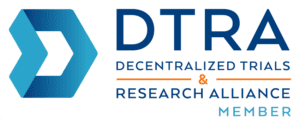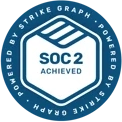Do the increases in protocol complexity, greater regulatory oversight and need for efficiency in clinical trials have you wishing for a better Clinical Trials Management System (CTMS)?
Your wishing may be over as RealTime-CTMS lives up to its name, delivering up-to-date Real Time information as it happens. Although there is no lack of CTMS systems, they are often unpractical and do not provide the features and functionality that is required to track and manage a clinical trial from beginning to end.
RealTime has broken the mold in this respect as a result of its pragmatic approach to development and a new approach to what a CTMS does for its users.
One thing that has been missing from the current CTMS market is a system that works for all departments within a research site, pulling everything together by streamlining operations for a smooth oversight of all trials. RealTime co-founder and CEO Rick Greenfield believes a quality CTMS platform combines workflow management, fast, easy access, little to no maintenance and user-friendly performance.
“Every department within a site, including business development, patient recruitment, regulatory compliance, clinical operations, accounting and upper management have all directly contributed to the various features within RealTime,” says Greenfield. “This has helped us ensure that our software meets the specific needs of every department within a site.”
Greenfield says that other sites that use RealTime are continuing to offer insights and ideas that further help advance the CTMS software, keeping the functionality and features way ahead of the competition.
“We know where we came from and what made us great, so we continue to listen to the end users to improve RealTime-CTMS every day,” said Greenfield.
By doing so, RealTime has based its software around two primary themes: workflow management and communication.
“Our CTMS is not just a clunky database that you throw information into and hope to find a way to get it out later,” said Greenfield. “RealTime provides a streamlined workflow approach that enhances the performance of each user that works in the system. For these end users, RealTime is what drives their day and helps them continue to be successful in every aspect of their job.”
The failure to implement CTMS at many sites is simply due to the fact that there is little or no benefit to the end-user. If the user sees no benefit, then why would they use it?
“Imagine a system that enhances a professional’s job performance so that they actually want to use it,” said Greenfield. “That’s what RealTime is all about.”
Accurate data collection, organization and reporting along with the ability to deliver study progress, site-wide communication and financial updates are just some of the top features of RealTime software.
“The overall goal of implementing a CTMS system is to save time and money through efficiency, increase performance and to drive quality,” said Greenfield. “RealTime does all of these things well and will continue to do so even better in the future.”








